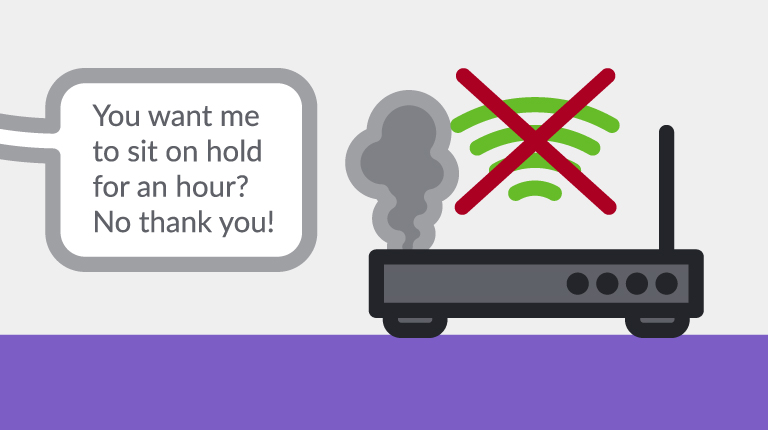As brands continue to focus on improving the customer experience, incorporating automation into customer interactions is becoming more and more important. Your customers’ time is valuable — and they want you to recognize this fact and deploy technologies that put time back into their day.
Increasingly, customers are the ones determining which channels they want to use to interact with brands, putting pressure on companies to deliver consistent, omnichannel experiences. It’s for this reason that technologies such as chatbots and Intelligent Virtual Assistants continue to gain popularity.
Chatbots are automated or pre-programmed interfaces, deployed over various messaging platforms such as Facebook Messenger, Skype, Slack, WeChat, etc. They can be great for automating basic tasks — but it’s important to remember that chatbots are only as smart as the technology behind them. When it comes to enterprise-scale customer care that operates in prime time, chatbots have a lot to learn.
It’s important to understand the differences between chatbots and intelligent virtual assistants in order to make an informed decision about how to deploy customer care technology. While this is not an extensive list, here are three important differences between chatbots and intelligent virtual assistants that frequently come up when we are working with customer experience-driven brands.
1) Understanding
Chatbots generally fall short when it comes to answering complex customer care queries, and this is largely because they lack a solid foundation of natural language processing (NLP). Since most chatbots leverage open-source NLP libraries that have not been customized to a brand’s industry or customers, chatbots often fail to understand the intricacies of spoken or typed human conversation. While open source provides many advantages, NLP models that are specific to a brand or industry vertical tend to perform much higher when determining the user’s intent. An automated virtual assistant, on the other hand, uses advanced NLP, natural language understanding and dialog management techniques to achieve high levels of automation without sacrificing accuracy.
2) Context
Chatbots often lack an advanced dialog management engine and instead rely heavily on structured dialog. What this means is that the conversation flow is controlled by the bot, and the flow breaks when the bot is unable to understand the customer’s intention. Chatbots often fail to maintain context over the course of a conversation and cannot understand customer intent in many situations. Virtual assistants, on the other hand, employ dynamic dialog. In this type of dialog, the flow can switch between being controlled by the user or the technology. Automated virtual assistants are therefore also capable of understanding customers’ intent, regardless of the order in which data is given throughout the conversation.
3) Persistence
One thing that’s increasingly important for brands is to not only be present on multiple channels, but also to maintain consistency across those channels. So when a customer starts a conversation over the phone, they can pick it up again via chat, or email, or text. Chatbots don’t maintain this context, so customers have to start over again when they interact with a brand on another channel. This can be very damaging to a brand’s reputation, because it doesn’t provide a seamless experience for the customer.
Important Considerations for Choosing a Virtual Assistant
There are a growing number of technologies available that can help to automate the customer experience. But in the age of the customer, it’s important to make sure that these technologies improve the experience as well. That’s why it’s important to keep certain considerations in mind — for example, design. Your brand is unique, and the design of your IVA should reflect your brand and persona.
To learn more about other important key considerations when developing your customer care strategy, download our ebook: ‘4 Steps to Developing Your Customer Care Strategy’.





